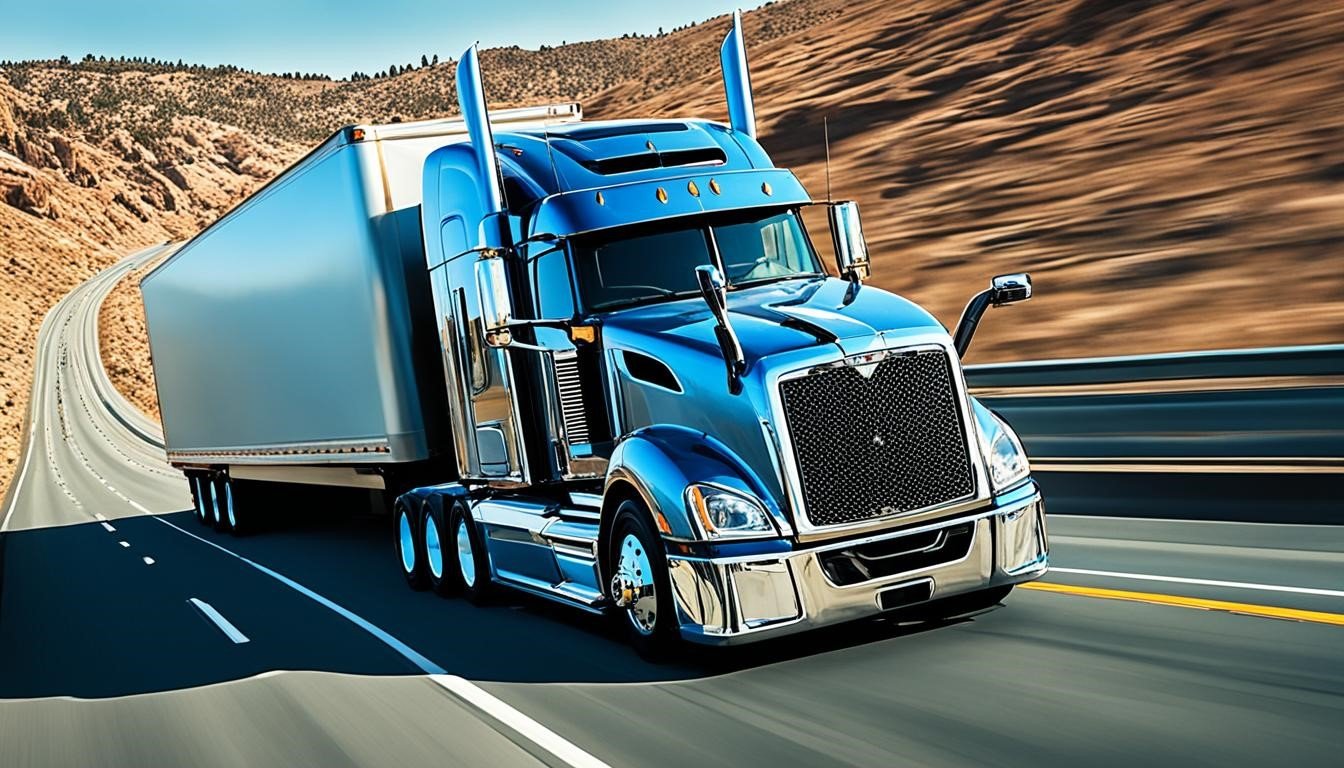
Late 20th & 21st Centuries of Trucks.
The late 20th and early 21st centuries have witnessed a breathtaking transformation. Advanced electronics, improved safety features (like anti-lock brakes and electronic stability control), and ever-more-powerful engines have redefined what's possible. The rise of global trade has only fueled this growth, with semi-trucks traversing continents, carrying the goods that connect our world. The advent of autonomous driving technology is poised to revolutionize the industry once more, promising increased efficiency, safety, and a new chapter in the ongoing saga of the semi-truck.
Anti-Locking Brake System
An anti-lock braking system (ABS) in trucks is a safety feature that prevents wheels from locking up during braking, especially in emergency situations. This helps the driver maintain steering control and avoid skidding, jackknifing, and trailer swing-out. ABS works by sensing when a wheel is about to lock and then releasing just enough brake pressure to allow the wheel to roll again, while still maintaining braking force. Air Brakes also play a huge role in todays standard.
Air Brakes
Air brakes on trucks work using compressed air instead of hydraulic fluid. Air brakes can be either drum brakes or disc brakes, or a combination of both. Air is pressurized by an engine-mounted compressor. The air compressor then pumps the air into the air storage tanks, which store the compressed air until it’s needed.
Air pressure is used to apply the service brakes and release the parking brake. There are multiple air circuits in the system. The parking brake engages by spring force in the parking brake portion of the spring brake chamber when the air pressure in the chamber is released. This also allows the parking brake to be used as the emergency brake system. If air pressure was to drop too low, the force exerted by the spring in the chamber will be able to overcome the force exerted by the air on the diaphragm and apply the brakes on all wheels.
You might think of air brakes as working similarly to a hydraulic brake circuit. As with hydraulic brakes, air pressure is applied when the driver presses the brake pedal.
Electronic Stability Control
Electronic Stability Control (ESC) in semi-trucks is a safety system that uses sensors and actuators to prevent rollovers and other accidents caused by loss of control. It works by detecting when the vehicle is approaching a dangerous situation, such as a loss of traction or an unsafe cornering speed, and then automatically adjusting the brakes and throttle to regain control.